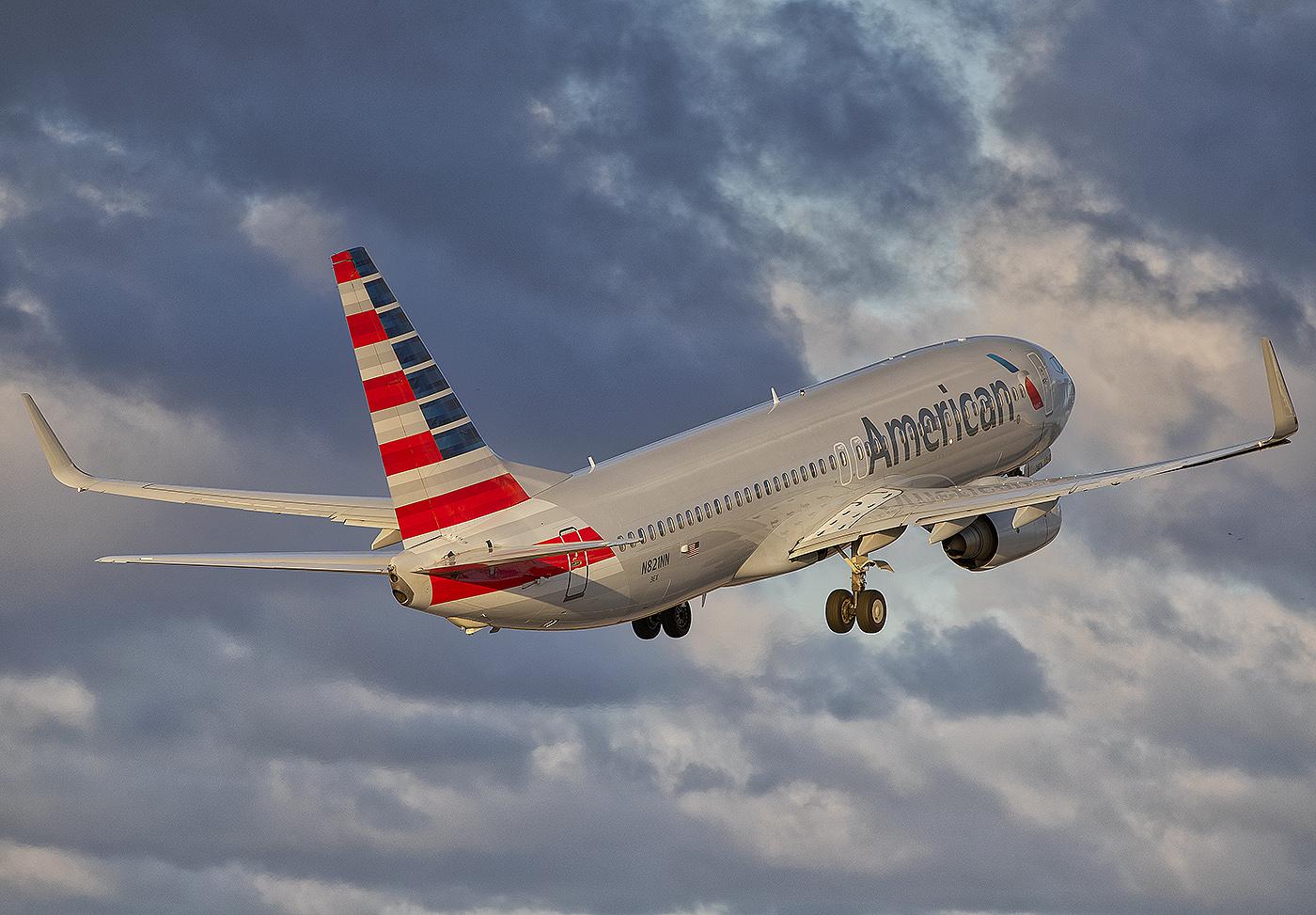
Credit: Joe Pries
WASHINGTON—The FAA is mandating more frequent inspections of Boeing 737 cabin altitude pressure switches over concerns that latent failures could leave pilots and maintenance personnel unaware that the crucial warning system is not working. In an immediately adopted airworthiness directive (AD) due...
Subscription Required
This content requires a subscription to one of the Aviation Week Intelligence Network (AWIN) bundles.
Schedule a demo today to find out how you can access this content and similar content related to your area of the global aviation industry.
Already an AWIN subscriber? Login
Did you know? Aviation Week has won top honors multiple times in the Jesse H. Neal National Business Journalism Awards, the business-to-business media equivalent of the Pulitzer Prizes.

